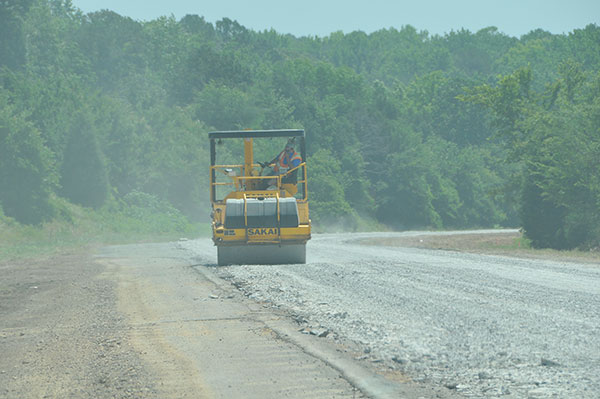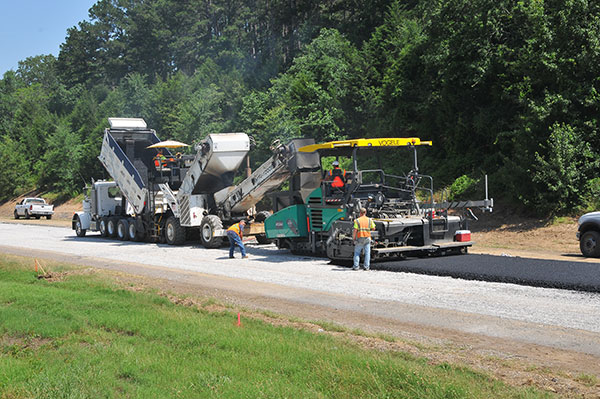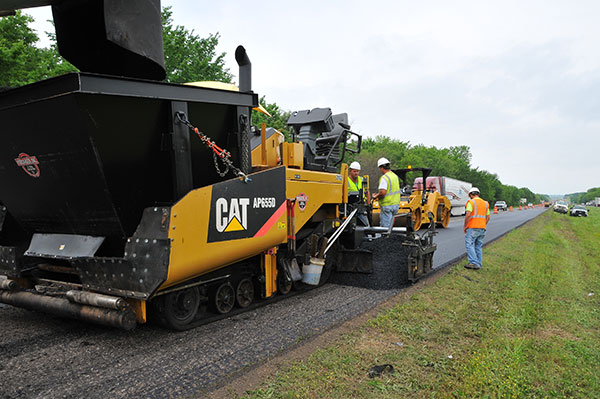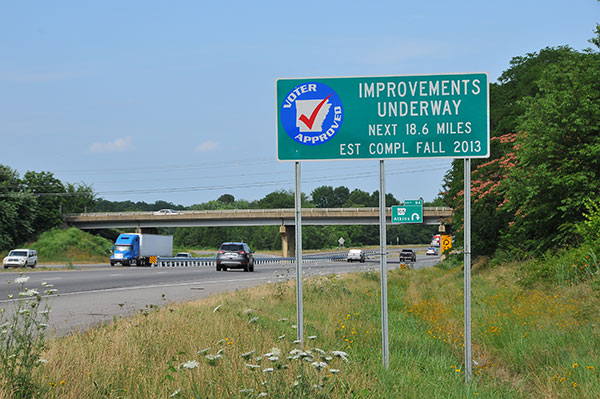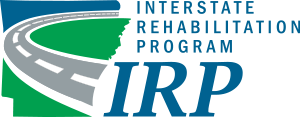

In a special election held November 8, 2011, the citizens of Arkansas voted to allow the Arkansas Highway Commission to issue up to $575 million in GARVEE bonds to help finance improvements and repairs to existing Interstates in Arkansas.
This Interstate Rehabilitation Program (IRP) is virtually identical to the 1999 IRP, and in combination with existing federal and state revenues, is expected to support more than $1 BILLION in construction on our Interstate highways over the life of the program.
The 1999 IRP expedited Interstate maintenance and repair work by leveraging federal Interstate maintenance funding. Arkansas addressed its most serious Interstate needs and in the process went from having one of the worst Interstate highway systems in the country to among the best.
All bonds in the 2011 IRP must be issued by December 31, 2015 and will also be retired using the Interstate maintenance category of federal funds (which can ONLY be used for work on existing Interstates), and the required state match. The state matching funds are provided by the four-cent per gallon diesel tax that was passed by the legislature in 1999.
How Does This Work?
The $575 million in bond proceeds only pays for a portion of the work. The bond proceeds are leveraged because of the timing of the federal and state revenues coming in and the construction expenditures going out. Proceeds from issued bonds come in all at once and federal and state revenues come to the AHTD over regular, frequent intervals. However, construction expenses are paid out over the life of the contract, usually one to three years. That timing builds-up cash balances which earn interest that further adds to the amount of work that can be accomplished.
Financial advisors have formulated a plan to maximize the amount of work that the Arkansas Highway Commission could achieve through the issuance of $575 million in bonds. By taking into consideration all revenues available (bond proceeds, federal funds and state funds), and structuring principal and interest payment schedules, the advisors project more than $1 billion will be available for Interstate Highway improvements in Arkansas.
IRP FAQs Current Status Project List Completed Projects
Rehabilitating the Interstate
